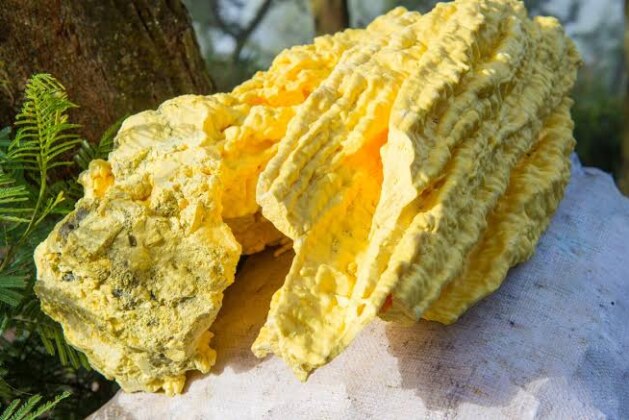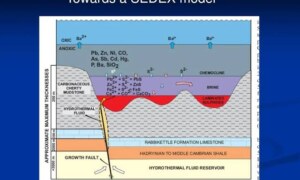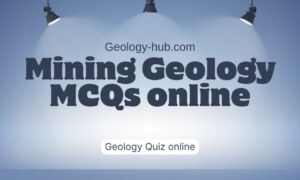Sulfur is a chemical element with the symbol S and atomic number 16. It is a non-metal and belongs to the group of chalcogens. Sulfur is an essential element for life and is commonly found in proteins and other biomolecules. Here is some information about sulfur’s chemical properties, physical properties, optical properties, occurrence, and uses:
Chemical Properties
Sulfur is a highly reactive element, and it readily reacts with many other elements and compounds. It is a reducing agent, meaning that it can donate electrons to other molecules. It can also act as an oxidizing agent, accepting electrons from other molecules. Sulfur is chemically stable in its elemental form, but it can react with oxygen to form sulfur dioxide or sulfur trioxide, which are highly acidic and can cause environmental problems.
Physical Properties
Sulfur is a yellow, brittle, and non-metallic solid at room temperature. It has a melting point of 115.21 °C and a boiling point of 444.6 °C. Sulfur has a density of 2.07 g/cm³ and is insoluble in water. It is a poor conductor of heat and electricity, making it an excellent insulator.
Optical Properties
Sulfur is not transparent, and it does not have any significant optical properties. However, sulfur can glow in the dark, producing a bluish light when exposed to ultraviolet radiation.
Occurrence
Sulfur occurs naturally in the Earth’s crust, and it is the sixteenth most abundant element in the universe. It is found in minerals such as gypsum, pyrite, and galena, and it is also present in crude oil and natural gas deposits.
Uses
Sulfur has a wide range of applications in various industries. It is commonly used in the production of sulfuric acid, which is a vital industrial chemical. Sulfur is also used in the production of fertilizers, rubber, and other chemicals. It is a key ingredient in the vulcanization process of rubber, making it more durable and resistant to heat and cold. Sulfur is also used as a fungicide and pesticide in agriculture. Other uses of sulfur include the production of matches, gunpowder, and other explosives. Additionally, sulfur is used in the petroleum industry to remove impurities from crude oil and to produce gasoline and diesel fuel.
In conclusion, sulfur is a versatile element with many chemical, physical, optical properties. It is widely used in many different industries and applications, making it an essential component of modern society.



Leave a comment